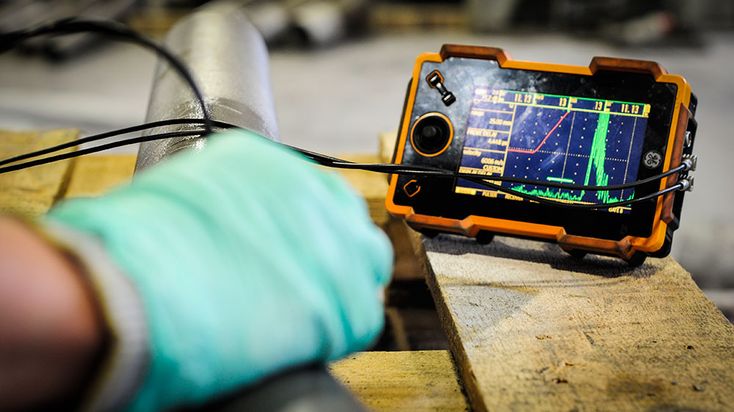In the rapidly evolving landscape of Industry 4.0, synchronization protocols in smart factories play a vital role in ensuring seamless operations. These protocols are essential for coordinating the myriad processes within a smart factory, enhancing efficiency, reducing downtime, and boosting overall productivity.

The Importance of Synchronization Protocols
At the heart of every smart factory lies the need for precise synchronization. This is because smart factories rely heavily on interconnected systems and devices that must work in harmony. The synchronization protocols ensure that data is accurately shared among devices, which is crucial for maintaining the factory’s operational integrity.
How Do Synchronization Protocols Work?
Synchronization protocols facilitate the timely exchange of information between devices and systems. They manage the timing of operations to ensure that processes are executed in the correct sequence, which is vital for preventing errors and ensuring product quality.
Types of Synchronization Protocols
Time-Triggered Protocols
These protocols operate on predefined time schedules, ensuring that all devices in the network are synchronized to a common clock. This is particularly useful in applications where timing is critical.
Event-Triggered Protocols
Unlike time-triggered protocols, event-triggered protocols respond to specific events within the system. They offer flexibility and are useful in environments where processes are dynamic and unpredictable.
Benefits of Synchronization Protocols
The implementation of synchronization protocols in smart factories offers numerous benefits:
- Improved Efficiency: By ensuring that all systems operate in unison, synchronization protocols help to optimize the factory’s overall performance.
- Reduced Downtime: Proper synchronization minimizes the risk of errors and system failures, thereby reducing downtime.
- Enhanced Product Quality: Consistent and accurate operations contribute to higher product quality and reliability.
Challenges in Implementing Synchronization Protocols
While the advantages are clear, implementing synchronization protocols can present challenges. These may include:
- Complexity: The integration of various devices and systems can be complex and requires careful planning.
- Cost: Upgrading existing systems to incorporate synchronization protocols can be costly.
- Technical Expertise: Skilled professionals are needed to design and maintain these systems effectively.
Future Trends in Synchronization
Looking ahead, the future of synchronization protocols in smart factories is promising. With advancements in technology, we can expect more robust and efficient protocols that cater to the growing demands of Industry 4.0.
Integration with AI and Machine Learning
The integration of AI and machine learning with synchronization protocols is set to revolutionize smart factories. These technologies can enhance predictive maintenance and optimize operational efficiency by analyzing vast amounts of data in real-time. For more insights on machine learning in smart factories, visit machine learning insights.
Role of IoT in Synchronization
The Internet of Things (IoT) plays a crucial role in the synchronization of smart factories. IoT devices can collect and transmit data across the factory floor, enabling real-time monitoring and control. Learn more about the role of frequency in predictive maintenance on the role of frequency page.
Conclusion
In conclusion, synchronization protocols in smart factories are indispensable for the seamless operation of modern manufacturing environments. As technology continues to evolve, these protocols will become even more sophisticated, driving the next wave of industrial innovation.

FAQs
What are synchronization protocols in smart factories?
Synchronization protocols are systems that coordinate the timing and sequence of operations in smart factories to ensure efficient and error-free processes.
Why are synchronization protocols important?
They are crucial for maintaining operational integrity, improving efficiency, and reducing downtime in smart factories.
What challenges do companies face when implementing synchronization protocols?
Challenges include system complexity, high implementation costs, and the need for technical expertise.
This article contains affiliate links. We may earn a commission at no extra cost to you.
